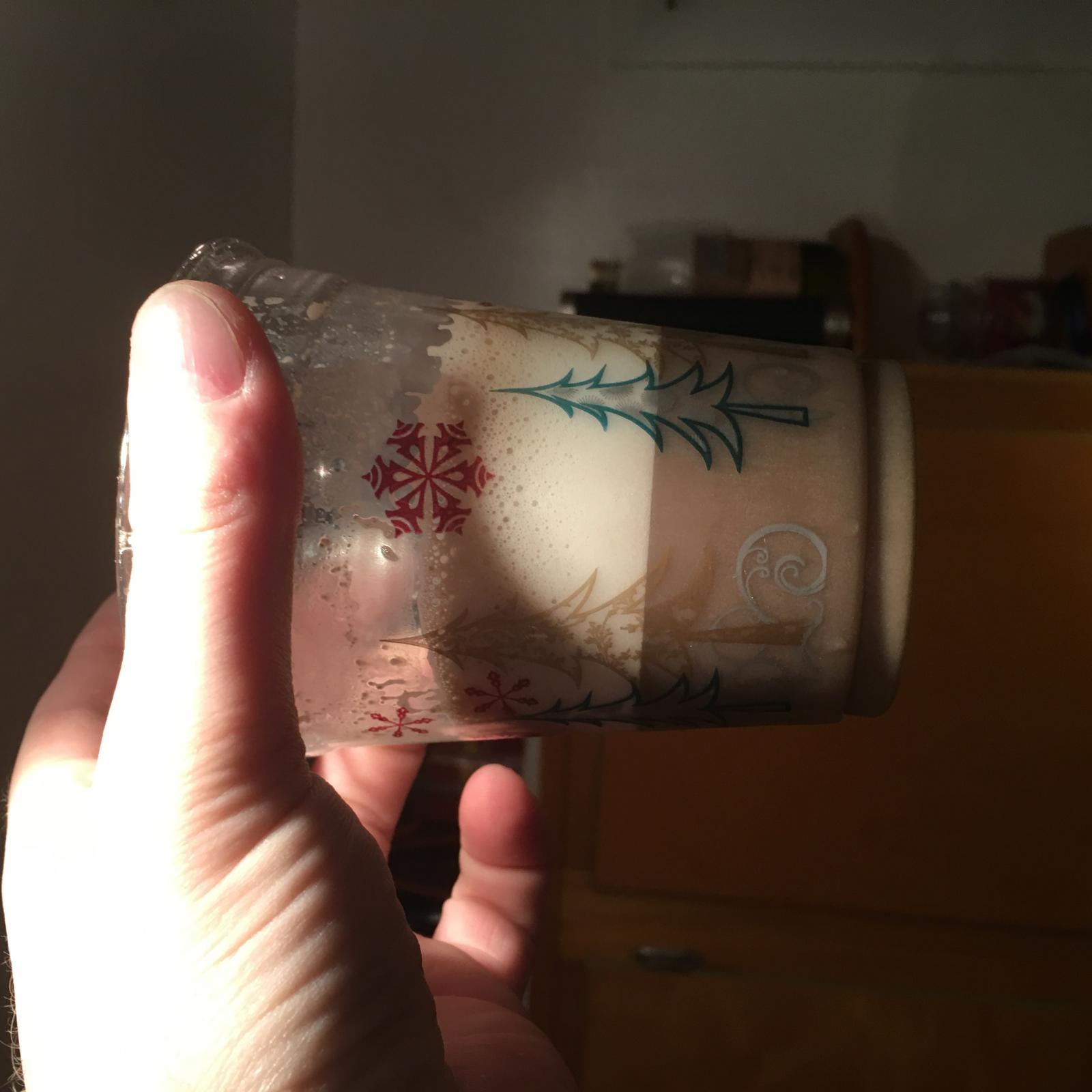Bsfmaximus
Member
My first all grain brew and first keg brew I went all grain. I also went double IPA smash. That being said, my friends and I were all happily surprised. I just got to the end of the corny keg tonight (three weeks after kegging) and the beer went from Amber colored to milkshake black in the last 10 oz. could someone shine some light on my situation? infection that hadn't spread?






































![Craft A Brew - Safale S-04 Dry Yeast - Fermentis - English Ale Dry Yeast - For English and American Ales and Hard Apple Ciders - Ingredients for Home Brewing - Beer Making Supplies - [1 Pack]](https://m.media-amazon.com/images/I/41fVGNh6JfL._SL500_.jpg)




















